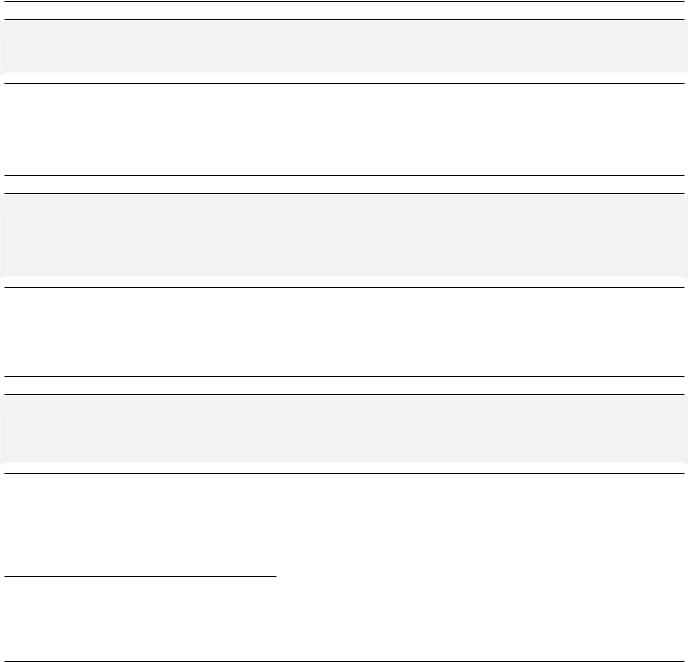
- •A Tour of XMLUnit
- •What is XMLUnit?
- •Quick tour
- •Glossary
- •Writing XML comparison tests
- •Comparing XML Transformations
- •Validation Tests
- •XPath Tests
- •Testing by Tree Walking
- •Using XMLUnit
- •Requirements
- •Basic Usage
- •Comparing Pieces of XML
- •Validating
- •XSLT Transformations
- •XPath Engine
- •DOM Tree Walking
- •Using XMLUnit With JUnit 3.x
- •JAXP
- •EntityResolver
- •Element Content Whitespace
- •XSLT Stylesheet Version
- •Providing Input to XMLUnit
- •Comparing Pieces of XML
- •The Difference Engine
- •ComparisonController
- •DifferenceListener
- •IgnoreTextAndAttributeValuesDifferenceListener
- •ElementQualifier
- •ElementNameQualifier
- •ElementNameAndAttributeQualifier
- •ElementNameAndTextQualifier
- •org.custommonkey.xmlunit.examples.RecursiveElementNameAndTextQualifier
- •org.custommonkey.xmlunit.examples.MultiLevelElementNameAndTextQualifier
- •Diff and DetailedDiff
- •MatchTracker
- •JUnit 3.x Convenience Methods
- •Whitespace Handling
- •Ignoring Comments
- •Treating CDATA Sections and Text Nodes Alike
- •Entity Reference Expansion
- •Comparison of Unmatched Elements
- •Validating XML Documents
- •DTD Validation
- •XML Schema Validation
- •JUnit 3.x Convenience Methods
- •JAXP 1.3 Validation
- •XPath Tests
- •XPath Engines
- •Using XML Namespaces in XPath Selectors
- •JUnit 3.x Convenience Methods
- •DOM Tree Walking
- •DocumentTraversal
- •NodeTest
- •NodeTester
- •AbstractNodeTester
- •CountingNodeTester
- •JUnit 3.x Convenience Methods

XMLUnit Java User’s Guide |
24 / 35 |
4 Validating XML Documents
4.1The Validator Class
The Validator class encapsulates XMLUnit’s validation support. It will use the SAXParser configured in XMLUnit (see Section 2.4.1).
The piece of XML to validate is specified in the constructor. The constructors using more than a single argument are only relevant if you want to validate against a DTD and need to provide the location of the DTD itself - for details see the next section.
By default, Validator will validate against a DTD, but it is possible to validate against a (or multiple) Schema(s) as well. Schema validation requires an XML parser that supports it, of course.
4.1.1DTD Validation
Validating against a DTD is straight forward if the piece of XML contains a DOCTYPE declaration with a SYSTEM identifier that can be resolved at validation time. Simply create a Validator object using one of the single argument constructors.
Example 4.1 Validating Against the DTD Defined in DOCTYPE
InputSource is = new InputSource(new FileInputStream(myXmlDocument));
Validator v = new Validator(is);
boolean isValid = v.isValid();
If the piece of XML doesn’t contain any DOCTYPE declaration at all or it contains a DOCTYPE but you want to validate against a different DTD, you’d use one of the three argument versions of Validator’s constructors. In this case the publicId argument becomes the PUBLIC and systemId the SYSTEM identifier of the DOCTYPE that is implicitly added to the piece of XML. Any existing DOCTYPE will be removed. The systemId should be a URL that can be resolved by your parser.
Example 4.2 Validating a Piece of XML that doesn’t Contain a DOCTYPE
InputSource is = new InputSource(new FileInputStream(myXmlDocument));
Validator v = new Validator(is,
(new File(myDTD)).toURI().toURL().toString(), myPublicId);
boolean isValid = v.isValid();
If the piece of XML already has the correct DOCTYPE declaration but the declaration either doesn’t specify a SYSTEM identifier at all or you want the SYSTEM identifier to resolve to a different location you have two options:
• Use one of the two argument constructors and specify the alternative URL as systemId.
Example 4.3 Validating Against a Local DTD
InputSource is = new InputSource(new FileInputStream(myXmlDocument));
Validator v = new Validator(is,
(new File(myDTD)).toURI().toURL().toString()); boolean isValid = v.isValid();
•Use a custom EntityResolver via XMLUnit.setControlEntityResolver together with one of the single argument constructor overloads of Validator.
This approach would allow you to use an OASIS catalog10 in conjunction with the Apache XML Resolver library11 to resolve the DTD location as well as the location of any other entity in your piece of XML, for example.
10http://www.oasis-open.org/committees/download.php/14809/xml-catalogs.html
11http://xml.apache.org/commons/components/resolver/index.html

XMLUnit Java User’s Guide |
25 / 35 |
Example 4.4 Validating Against a DTD Using Apache’s XML Resolver and an XML Catalog
InputSource is = new InputSource(new FileInputStream(myXmlDocument));
XMLUnit.setControlEntityResolver(new CatalogResolver());
Validator v = new Validator(is); boolean isValid = v.isValid();
#CatalogManager.properties
verbosity=1 relative-catalogs=yes catalogs=/some/path/to/catalog prefer=public static-catalog=yes
catalog-class-name=org.apache.xml.resolver.Resolver
<!-- catalog file -->
<catalog xmlns="urn:oasis:names:tc:entity:xmlns:xml:catalog"> <public publicId="-//Some//DTD V 1.1//EN"
uri="mydtd.dtd"/>
</catalog>
4.1.2XML Schema Validation
In order to validate against the XML Schema language Schema validation has to be enabled via the useXMLSchema method of
Validator.
By default the parser will try to resolve the location of Schema definition files via a schemaLocation attribute if it is present in the piece of XML or it will try to open the Schema’s URI as an URL and read from it.
The setJAXP12SchemaSource method of Validator allows you to override this behavior as long as the parser supports the http://java.sun.com/xml/jaxp/properties/schemaSource property in the way described in "JAXP 1.2 Approved CHANGES"12.
setJAXP12SchemaSource’s argument can be one of
•A String which contains an URI.
•An InputStream the Schema can be read from.
•An InputSource the Schema can be read from.
•A File the Schema can be read from.
•An array containing any of the above.
If the property has been set using a String, the Validator class will provide its systemId as specified in the constructor when asked to resolve it. You must only use the single argument constructors if you want to avoid this behavior. If no systemId has been specified, the configured EntityResolver may still be used.
Example 4.5 Validating Against a Local XML Schema
InputSource is = new InputSource(new FileInputStream(myXmlDocument));
Validator v = new Validator(is);
v.useXMLSchema(true);
v.setJAXP12SchemaSource(new File(myXmlSchemaFile)); boolean isValid = v.isValid();
12 http://java.sun.com/webservices/jaxp/change-requests-11.html
